George Washington’s life is composed of pivotal moments that defined his personal legacy and helped to shape the early days of the United States.
His leadership during the Revolutionary War ultimately led to his unanimous election as the first president of the new nation. During his presidency, Washington established the first cabinet and many policies that still serve as the foundation for governance today.
Let’s take a closer look at the key moments in Washington’s life, revealing his character and leadership skills.
Birth and Early Life
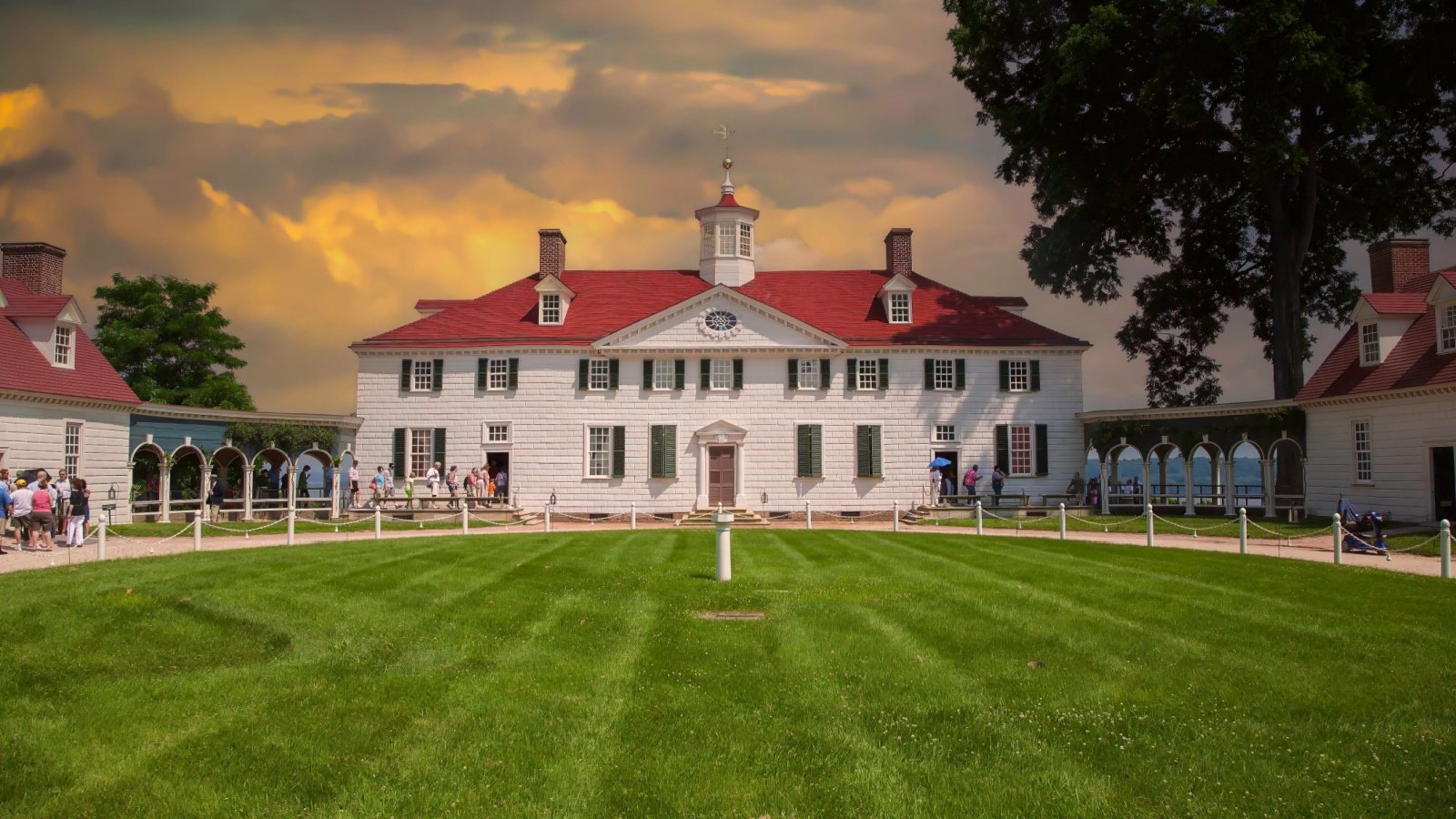
George Washington was born on February 22, 1732, in Westmoreland County, Virginia, into a planter family of British descent. He was initially homeschooled and then pursued further education in surveying. His father’s death when George was eleven introduced early responsibilities and hardships that shaped his strong and resilient character.
Early Military Career
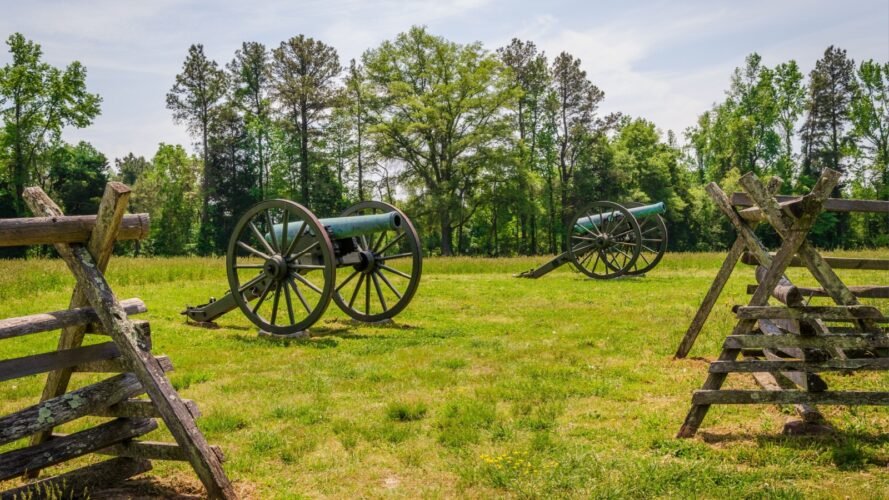
At age 20, Washington was appointed as an official surveyor for Culpeper County, Virginia, but his career swiftly transitioned to the military. His first military engagement was as a major in the Virginia militia during the French and Indian War, where he showed notable bravery at the Battle of Monongahela.
Marriage to Martha Custis

In 1759, Washington married Martha Dandridge Custis, a wealthy widow with two children. This marriage significantly elevated his social standing and wealth, allowing him to purchase Mount Vernon and expand the plantation. Their marriage, though childless, was a strong partnership that provided personal stability throughout his tumultuous life.
Legislative Role

Washington entered politics in 1758, serving in Virginia’s House of Burgesses for the next 17 years. During this time, he became a vocal critic of Britain’s policies toward the colonies, particularly the imposition of taxes without representation. His political views and leadership in the legislative assembly set the stage for his future role in the American Revolutionary War.
Agricultural Innovations

In the 1750s and 1760s, Washington experimented with crop rotation and livestock breeding to improve farm productivity. He was one of the early adopters of the plow and other agricultural technologies in America. His efforts to modernize agriculture reflected his broader vision for American self-sufficiency and economic independence.
Army Commander
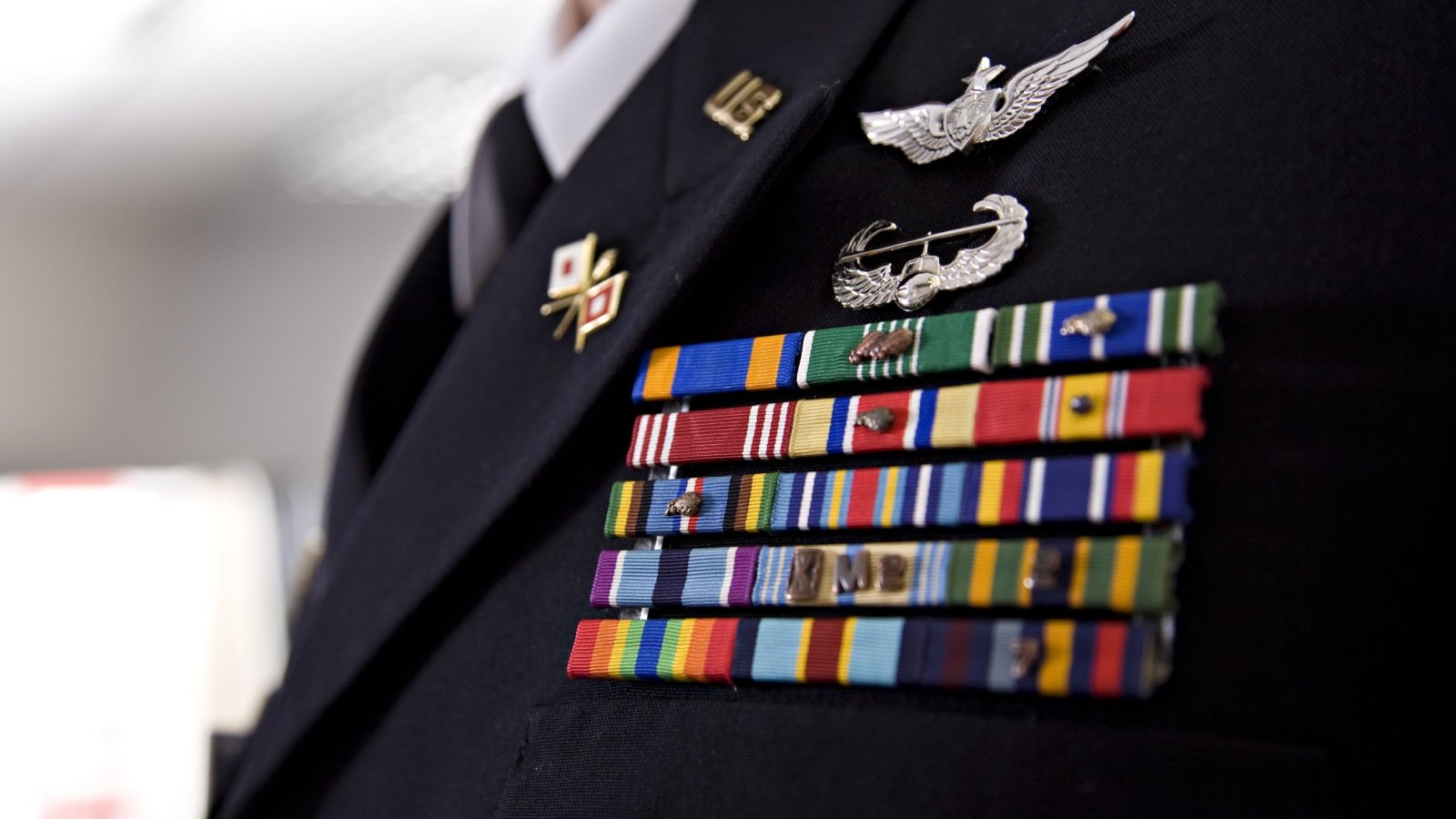
In 1775, the Second Continental Congress appointed Washington as commander-in-chief of the Continental Army. This decision came at a critical time when the American Revolutionary War was beginning. Washington’s leadership, strategic insight, and perseverance were pivotal over the grueling eight-year campaign that led to American independence.
The Winter at Valley Forge

The winter of 1777-1778 at Valley Forge was one of the darkest periods of the Revolutionary War, with Washington’s army suffering extreme cold and starvation. Despite the harsh conditions, this brutal winter forged the Continental Army into a more formidable force.
Victory at Yorktown
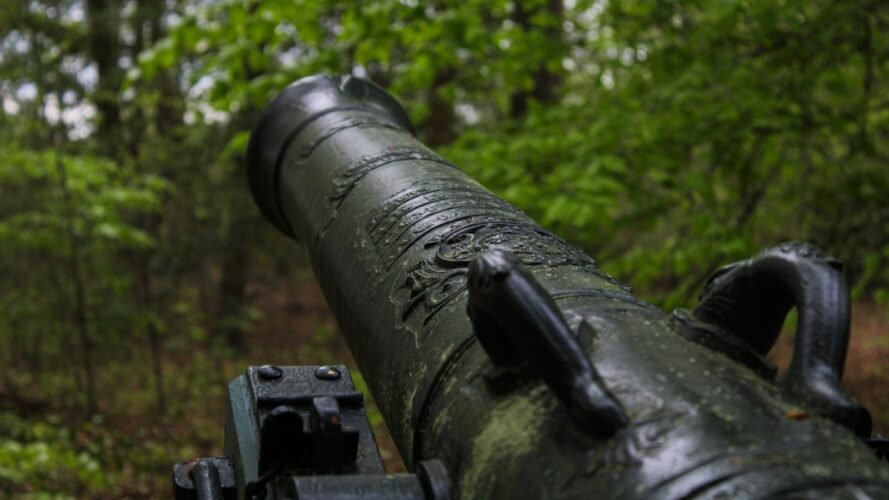
1781 marked the turning point in the Revolutionary War with the American victory at Yorktown, largely credited to Washington’s leadership. The successful siege against British General Cornwallis’s troops culminated in their surrender, effectively ending the fighting.
Resignation from the Army
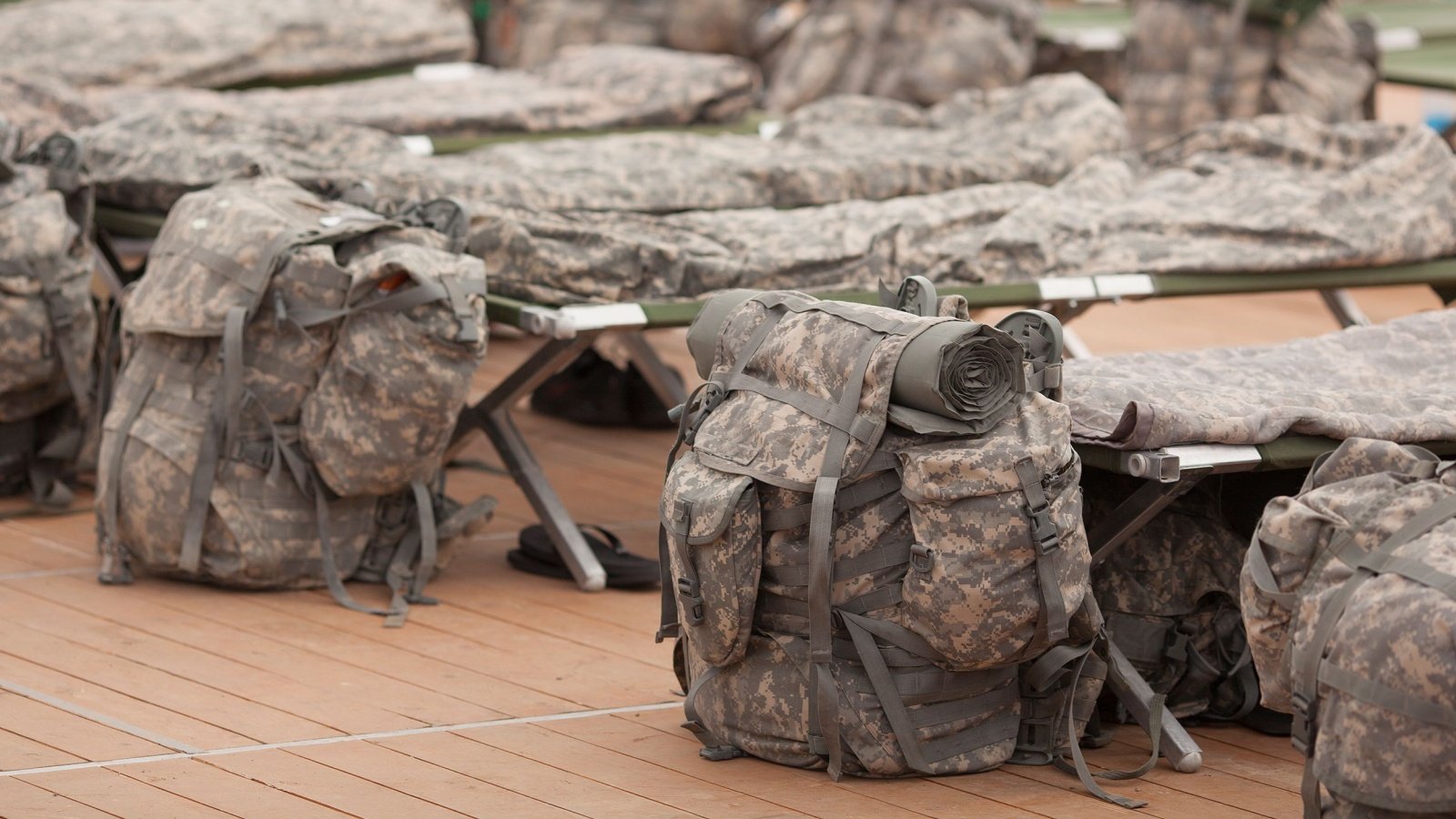
In an unprecedented act that stunned many contemporaries, Washington resigned his commission as commander-in-chief in December 1783, returning to Mount Vernon. This decision was driven by his desire to return to civilian life and set a precedent for democratic leadership and the subordination of the military to civilian governance.
Advocacy for Canal Building
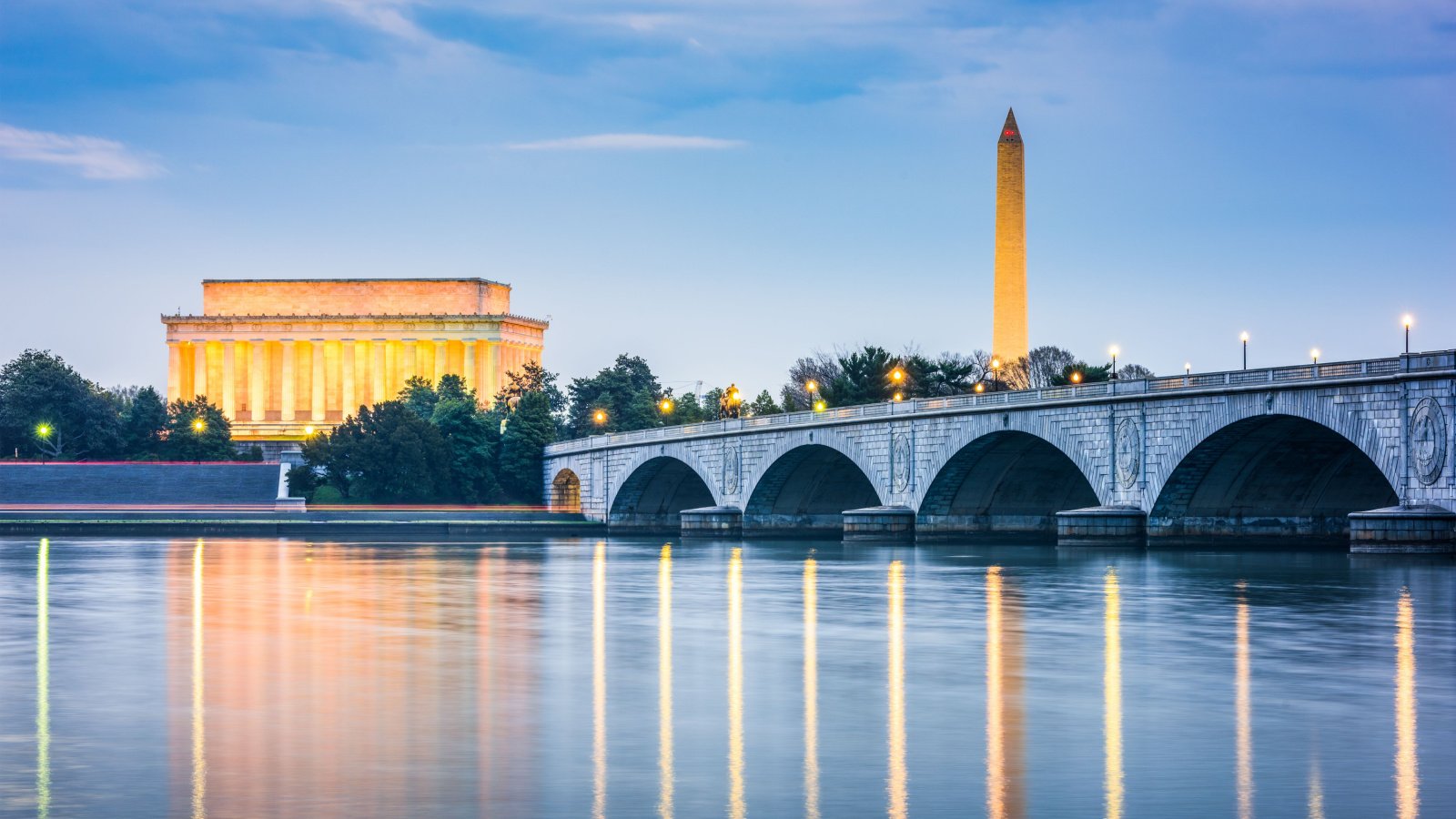
In 1785, Washington formed the Potomac Stock Company, which built five canals. He was a strong advocate for the construction of canals to facilitate trade and unite the country’s various regions. Washington believed that improving transportation networks would drive economic growth and help solidify the union.
Constitutional Convention
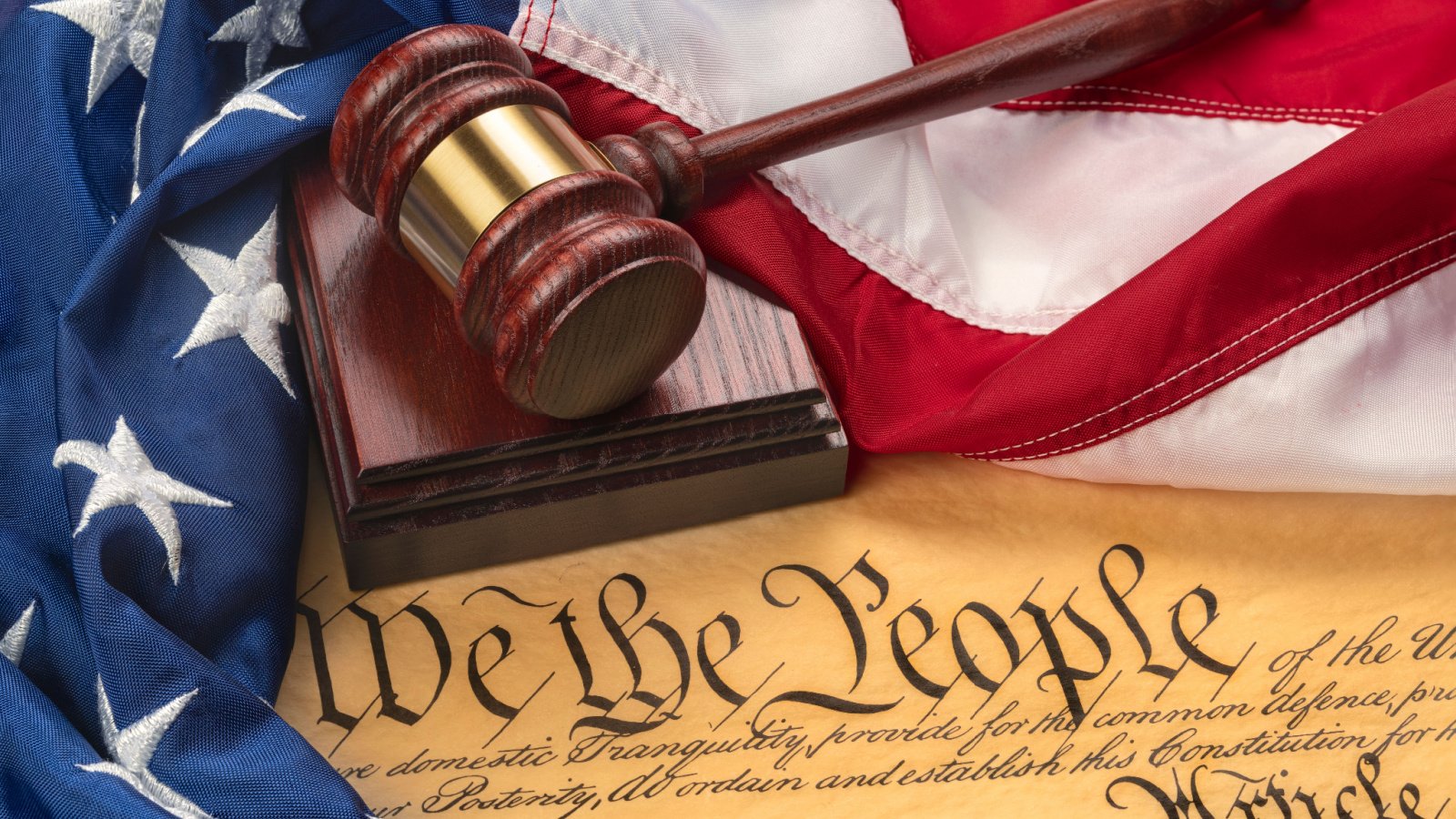
Washington was reluctantly drawn out of retirement in 1787 to preside over the Constitutional Convention in Philadelphia. His presence provided unity and credibility as delegates debated and formed the United States Constitution.
First U.S. President
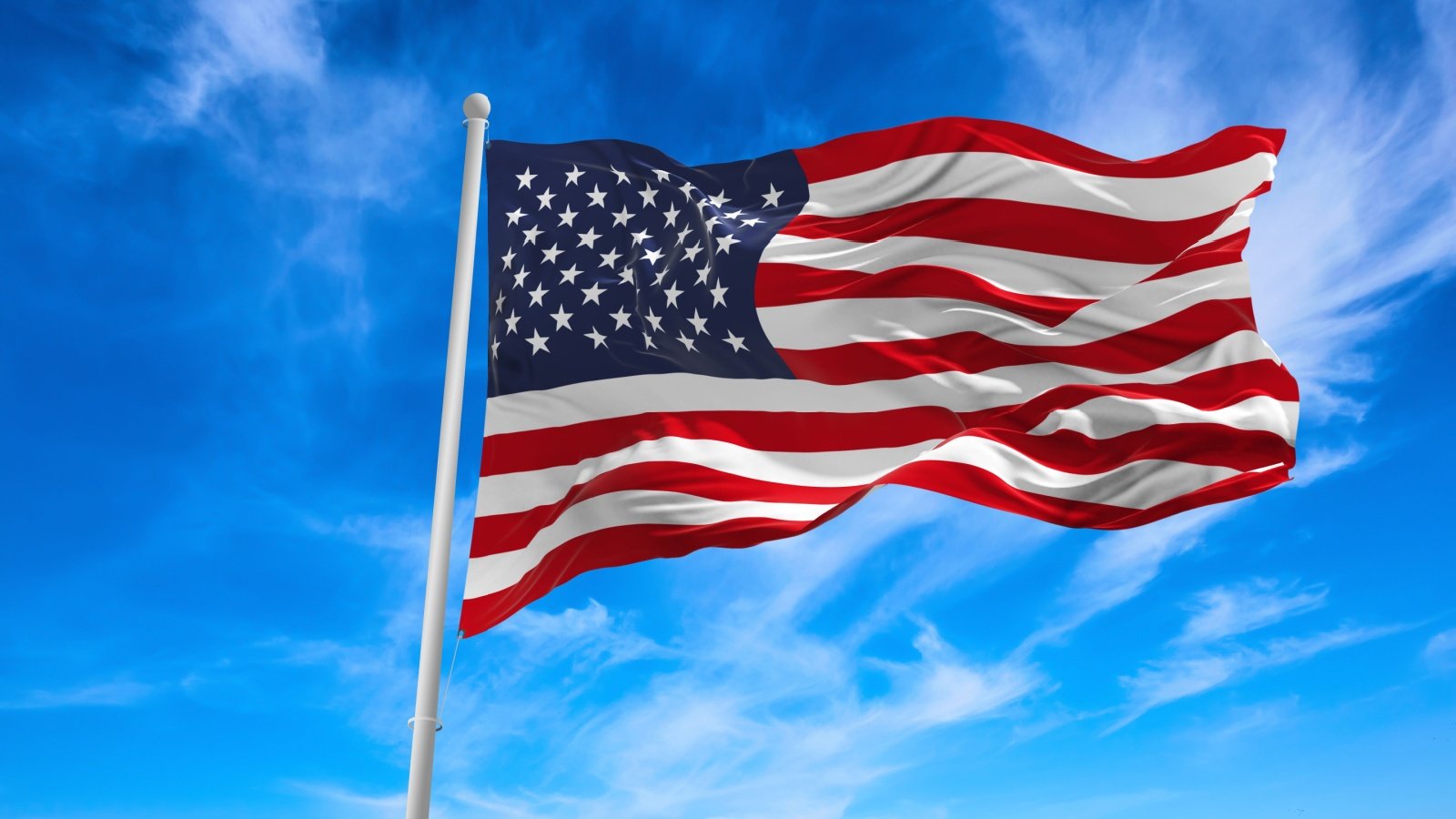
In 1789, George Washington was unanimously elected as the first President of the United States. His two terms in office set many precedents for the executive branch, including the formation of a Cabinet and the policy of neutrality in foreign wars. Washington’s presidency helped lay the foundational practices and policies of the new government.
Diplomatic Forbearance

Washington’s presidency was marked by foreign policy challenges, including the need to navigate between British and French interests in the early years of the French Revolution. His proclamation of neutrality in 1793 set a precedent for American foreign policy, emphasizing pragmatism and national interest over foreign entanglements.
The Jay Treaty
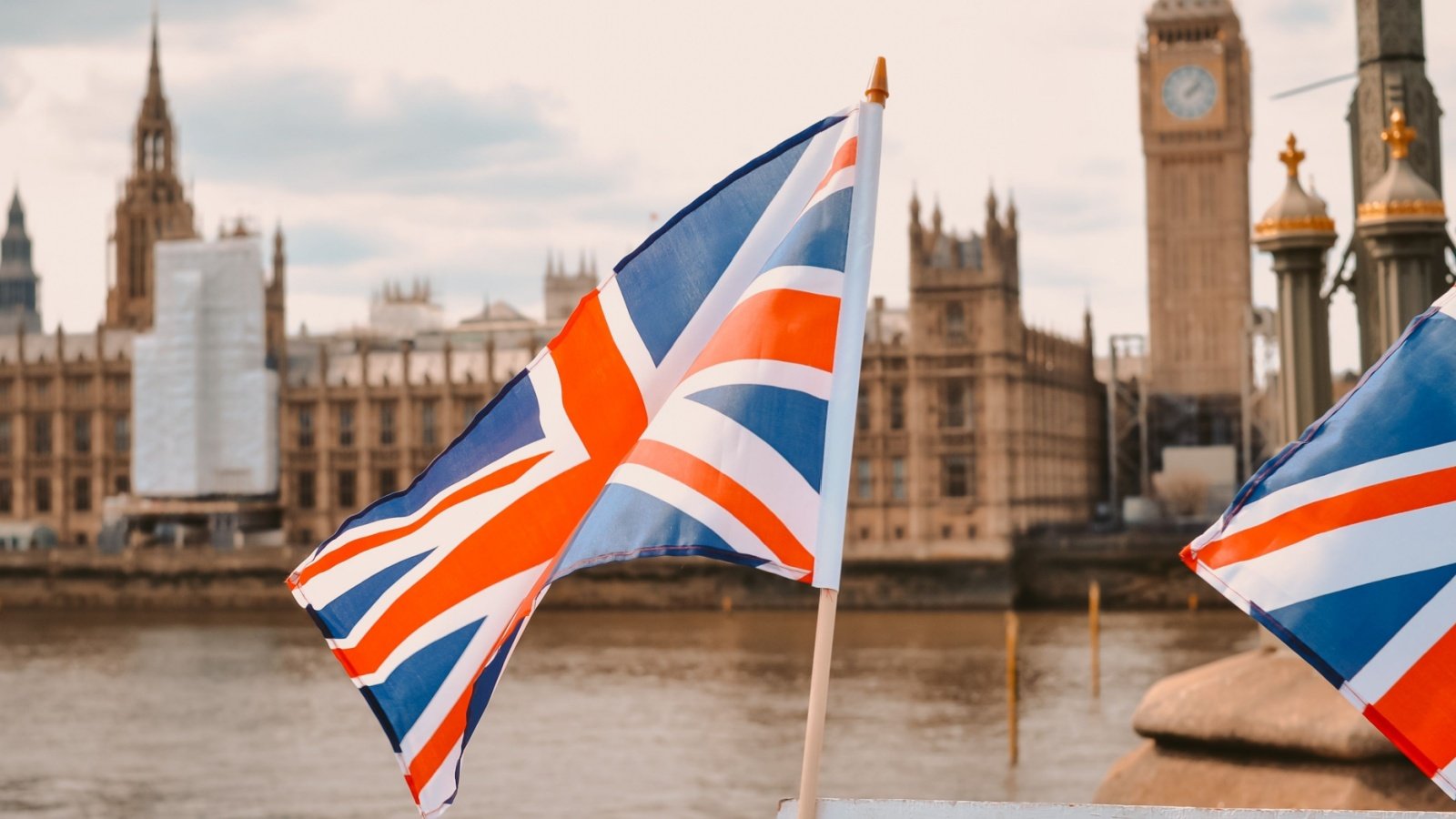
In 1795, Washington supported the Jay Treaty with Great Britain, which averted war and normalized trade relations between the two countries. While the treaty was controversial, it demonstrated Washington’s commitment to diplomatic solutions and his foresight in stabilizing international relations.
Nonpartisan Leadership Style

As president, Washington worked diligently to remain above partisan politics, promoting unity and collaboration among the nation’s first leaders. His leadership style was characterized by moderation, deliberation, and a balanced approach to policy-making.
The Whiskey Rebellion

The Whiskey Rebellion of 1794 tested the new government’s ability to enforce its laws, as farmers in Pennsylvania protested a federal tax on whiskey. Washington’s decision to personally lead troops to suppress the rebellion demonstrated the federal government’s willingness and ability to enforce law and order.
Farewell Address

In 1796, Washington declined to seek a third term and issued his famous Farewell Address, advising the nation on the path forward. He warned against permanent foreign alliances and political parties, emphasizing unity and independent spirit. This address continues to be revered as a guiding document for American diplomatic and domestic policy.
Opposition to the Slave Trade

In his later years, Washington grew increasingly opposed to slavery, a system on which he had once relied. He privately expressed his desire for abolition and made provisions in his will to free the enslaved people working at Mount Vernon upon his wife’s death.
Final Years and Legacy

George Washington returned to Mount Vernon, where he managed his land and continued to influence national affairs until his death on December 14, 1799. His leadership style and devotion to American republicanism made him an enduring symbol of American ideals and democracy.
Posthumous Honors
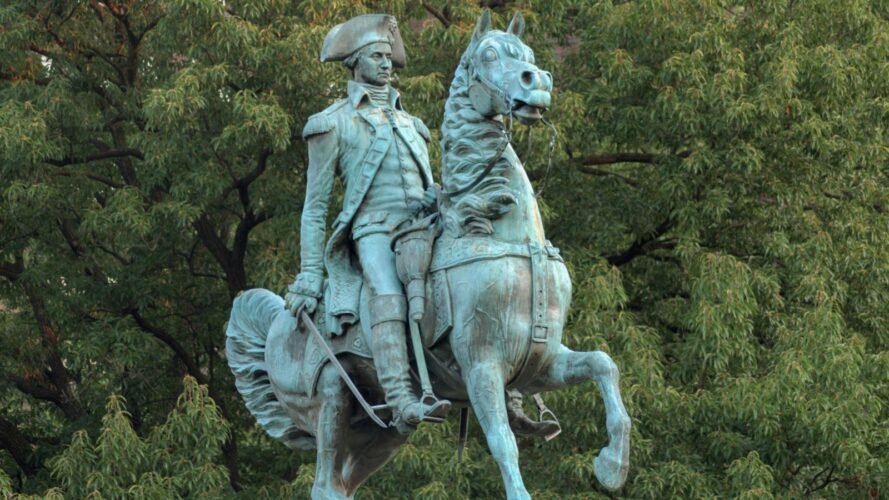
Washington was posthumously awarded the title of General of the Armies of the United States in 1976, ensuring his rank as the highest-ranking military officer in U.S. history. His monumental role in the United States’ founding is commemorated through countless monuments, his portrait on currency, and his name across cities, states, and the nation’s capital.



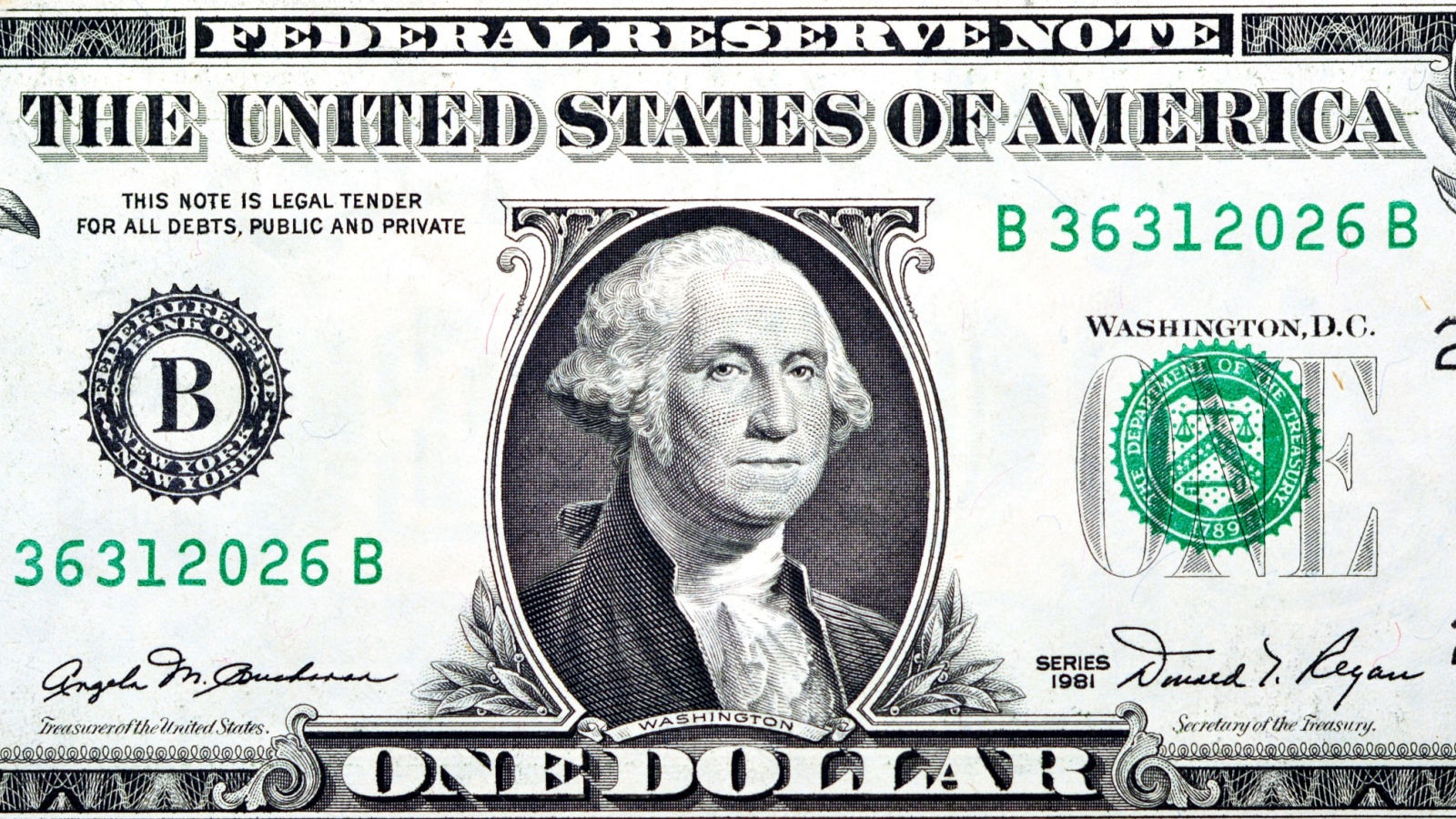





I?¦ve recently started a blog, the info you offer on this web site has helped me greatly. Thanks for all of your time & work.
When I initially commented I clicked the -Notify me when new comments are added- checkbox and now each time a remark is added I get four emails with the same comment. Is there any means you possibly can take away me from that service? Thanks!
This is very interesting, You are a very skilled blogger. I’ve joined your rss feed and look forward to seeking more of your great post. Also, I have shared your website in my social networks!
I love your blog.. very nice colors & theme. Did you create this website yourself? Plz reply back as I’m looking to create my own blog and would like to know wheere u got this from. thanks
Once I originally commented I clicked the -Notify me when new comments are added- checkbox and now every time a remark is added I get four emails with the same comment. Is there any means you can take away me from that service? Thanks!
I’m impressed, I must say. Actually not often do I encounter a weblog that’s each educative and entertaining, and let me inform you, you might have hit the nail on the head. Your idea is outstanding; the problem is one thing that not sufficient persons are talking intelligently about. I’m very pleased that I stumbled throughout this in my search for something relating to this.
Rattling excellent info can be found on web blog.
Sweet website , super design, really clean and apply genial.
F*ckin’ amazing things here. I am very happy to see your post. Thank you so much and i’m looking ahead to touch you. Will you kindly drop me a e-mail?
It’s onerous to find educated individuals on this matter, but you sound like you know what you’re speaking about! Thanks
I really like your writing style, superb info, thank you for posting :D. “Faith is a continuation of reason.” by William Adams.
Greetings! Very helpful advice on this article! It is the little changes that make the biggest changes. Thanks a lot for sharing!
Loving the info on this site, you have done outstanding job on the articles.
Thank you for sharing superb informations. Your web site is so cool. I’m impressed by the details that you?¦ve on this web site. It reveals how nicely you perceive this subject. Bookmarked this web page, will come back for more articles. You, my friend, ROCK! I found simply the information I already searched everywhere and just could not come across. What an ideal web-site.
You got a very great website, Sword lily I noticed it through yahoo.
It’s really a cool and useful piece of info. I’m glad that you simply shared this helpful info with us. Please keep us informed like this. Thanks for sharing.
I love your blog.. very nice colors & theme. Did you create this website yourself? Plz reply back as I’m looking to create my own blog and would like to know wheere u got this from. thanks
Hey would you mind stating which blog platform you’re working with? I’m planning to start my own blog in the near future but I’m having a hard time selecting between BlogEngine/Wordpress/B2evolution and Drupal. The reason I ask is because your layout seems different then most blogs and I’m looking for something completely unique. P.S My apologies for being off-topic but I had to ask!
I was studying some of your content on this internet site and I believe this internet site is really informative ! Continue posting.
Hey very nice blog!! Guy .. Excellent .. Amazing .. I will bookmark your blog and take the feeds additionally…I’m satisfied to search out so many useful information right here within the submit, we want work out extra strategies on this regard, thank you for sharing. . . . . .
Woah! I’m really digging the template/theme of this website. It’s simple, yet effective. A lot of times it’s difficult to get that “perfect balance” between usability and visual appeal. I must say that you’ve done a superb job with this. In addition, the blog loads super quick for me on Firefox. Exceptional Blog!
Good write-up, I¦m regular visitor of one¦s blog, maintain up the excellent operate, and It is going to be a regular visitor for a lengthy time.
Keep up the excellent work, I read few articles on this internet site and I conceive that your web site is rattling interesting and holds bands of excellent information.
I truly appreciate this post. I have been looking all over for this! Thank goodness I found it on Bing. You’ve made my day! Thx again
It is in point of fact a great and helpful piece of info. I¦m happy that you just shared this useful information with us. Please stay us up to date like this. Thanks for sharing.
This is a topic close to my heart cheers, where are your contact details though?
What i do not realize is if truth be told how you’re no longer really a lot more neatly-favored than you may be now. You’re so intelligent. You realize therefore considerably with regards to this matter, produced me for my part believe it from so many numerous angles. Its like women and men are not fascinated except it¦s something to do with Lady gaga! Your personal stuffs nice. Always take care of it up!
Enjoyed examining this, very good stuff, regards. “Shared joys make a friend, not shared sufferings.” by Friedrich Wilhelm Nietzsche.
My brother suggested I would possibly like this blog. He was once totally right. This submit actually made my day. You can not consider just how much time I had spent for this info! Thanks!
After examine a few of the weblog posts in your web site now, and I really like your approach of blogging. I bookmarked it to my bookmark web site record and will likely be checking back soon. Pls check out my website online as nicely and let me know what you think.
Wonderful beat ! I wish to apprentice even as you amend your web site, how could i subscribe for a weblog website? The account aided me a appropriate deal. I have been a little bit acquainted of this your broadcast offered vivid transparent idea
Thanks for your personal marvelous posting! I certainly enjoyed reading it, you will be a great author.I will be sure to bookmark your blog and may come back later in life. I want to encourage you to continue your great writing, have a nice day!
Some genuinely great information, Sword lily I detected this.
It’s appropriate time to make some plans for the longer term and it’s time to be happy. I’ve read this submit and if I could I desire to counsel you some attention-grabbing issues or tips. Maybe you can write next articles regarding this article. I desire to learn more issues approximately it!
Usually I do not read article on blogs, but I wish to say that this write-up very forced me to try and do it! Your writing style has been surprised me. Thanks, very nice post.
of course like your web-site but you need to test the spelling on several of your posts. Several of them are rife with spelling issues and I find it very bothersome to tell the reality however I’ll definitely come again again.
Thanks for another great post. Where else could anyone get that kind of information in such an ideal way of writing? I have a presentation next week, and I’m on the look for such information.
Thankyou for all your efforts that you have put in this. very interesting info .
Really clean website , regards for this post.
I appreciate, cause I found exactly what I was looking for. You’ve ended my four day long hunt! God Bless you man. Have a nice day. Bye
I would like to thnkx for the efforts you’ve put in writing this website. I am hoping the same high-grade web site post from you in the upcoming also. Actually your creative writing skills has inspired me to get my own blog now. Actually the blogging is spreading its wings fast. Your write up is a good example of it.
obviously like your website however you need to take a look at the spelling on quite a few of your posts. A number of them are rife with spelling issues and I to find it very troublesome to tell the truth however I will certainly come back again.
I am often to blogging and i really appreciate your content. The article has really peaks my interest. I am going to bookmark your site and keep checking for new information.
so much excellent information on here, : D.
Good – I should certainly pronounce, impressed with your site. I had no trouble navigating through all tabs as well as related information ended up being truly easy to do to access. I recently found what I hoped for before you know it at all. Quite unusual. Is likely to appreciate it for those who add forums or something, web site theme . a tones way for your client to communicate. Excellent task.
I’m impressed, I need to say. Really rarely do I encounter a weblog that’s both educative and entertaining, and let me inform you, you may have hit the nail on the head. Your concept is excellent; the problem is something that not sufficient people are speaking intelligently about. I am very joyful that I stumbled across this in my search for one thing regarding this.
Hi there, just was aware of your blog thru Google, and located that it’s truly informative. I’m going to watch out for brussels. I will appreciate when you proceed this in future. Numerous people will probably be benefited from your writing. Cheers!
You got a very great website, Gladiolus I found it through yahoo.
Attractive part of content. I simply stumbled upon your weblog and in accession capital to claim that I acquire in fact loved account your blog posts. Any way I’ll be subscribing on your augment or even I success you access persistently rapidly.
Hey there! Someone in my Myspace group shared this website with us so I came to take a look. I’m definitely enjoying the information. I’m bookmarking and will be tweeting this to my followers! Outstanding blog and outstanding style and design.
Hi there! I’m at work browsing your blog from my new iphone 4! Just wanted to say I love reading through your blog and look forward to all your posts! Carry on the excellent work!
I am pleased that I noticed this web blog, just the right info that I was looking for! .
Howdy, i read your blog from time to time and i own a similar one and i was just curious if you get a lot of spam remarks? If so how do you prevent it, any plugin or anything you can suggest? I get so much lately it’s driving me insane so any help is very much appreciated.
Keep functioning ,great job!
Hey there I am so excited I found your website, I really found you by mistake, while I was browsing on Bing for something else, Regardless I am here now and would just like to say thank you for a incredible post and a all round exciting blog (I also love the theme/design), I don’t have time to read through it all at the minute but I have bookmarked it and also added your RSS feeds, so when I have time I will be back to read more, Please do keep up the excellent job.
Appreciate it for this grand post, I am glad I observed this web site on yahoo.
certainly like your web-site but you need to test the spelling on quite a few of your posts. Several of them are rife with spelling issues and I to find it very bothersome to inform the reality however I¦ll definitely come again again.
I was examining some of your blog posts on this internet site and I conceive this website is very instructive! Retain putting up.
Wow! Thank you! I continually needed to write on my site something like that. Can I take a fragment of your post to my blog?
I’m still learning from you, while I’m trying to achieve my goals. I absolutely love reading all that is posted on your blog.Keep the aarticles coming. I liked it!
I don’t even know how I ended up here, but I thought this post was great. I do not know who you are but certainly you’re going to a famous blogger if you aren’t already 😉 Cheers!
I went over this website and I think you have a lot of excellent info, saved to fav (:.
Some times its a pain in the ass to read what blog owners wrote but this web site is very user friendly! .
I am impressed with this internet site, rattling I am a fan.
I have been reading out many of your posts and i must say pretty clever stuff. I will make sure to bookmark your site.
Hi there this is kinda of off topic but I was wanting to know if blogs use WYSIWYG editors or if you have to manually code with HTML. I’m starting a blog soon but have no coding expertise so I wanted to get guidance from someone with experience. Any help would be enormously appreciated!
You have brought up a very good points, thanks for the post.
Hi there, just became aware of your blog through Google, and found that it’s truly informative. I am gonna watch out for brussels. I will be grateful if you continue this in future. Numerous people will be benefited from your writing. Cheers!
I’m really enjoying the design and layout of your blog. It’s a very easy on the eyes which makes it much more enjoyable for me to come here and visit more often. Did you hire out a developer to create your theme? Outstanding work!
I’m really impressed with your writing skills and also with the layout on your blog. Is this a paid theme or did you customize it yourself? Either way keep up the excellent quality writing, it is rare to see a nice blog like this one these days..
Thank you for sharing excellent informations. Your site is very cool. I am impressed by the details that you’ve on this blog. It reveals how nicely you understand this subject. Bookmarked this web page, will come back for extra articles. You, my friend, ROCK! I found just the information I already searched everywhere and just could not come across. What a perfect web site.
Everything is very open and very clear explanation of issues. was truly information. Your website is very useful. Thanks for sharing.
I like this blog so much, saved to favorites.
We are a group of volunteers and starting a new scheme in our community. Your site offered us with valuable information to work on. You’ve done a formidable job and our entire community will be thankful to you.
I’ve read a few good stuff here. Definitely price bookmarking for revisiting. I surprise how a lot attempt you put to create this sort of great informative web site.
Really good visual appeal on this web site, I’d value it 10 10.
An attention-grabbing discussion is value comment. I feel that you must write extra on this subject, it may not be a taboo subject but generally persons are not enough to speak on such topics. To the next. Cheers
Great post. I was checking continuously this blog and I am impressed! Extremely helpful information specially the last part 🙂 I care for such information a lot. I was seeking this certain info for a very long time. Thank you and best of luck.
I like this web blog so much, bookmarked.
Thank you for any other informative site. Where else may just I get that type of information written in such a perfect approach? I’ve a undertaking that I am simply now working on, and I have been at the glance out for such info.
What¦s Taking place i am new to this, I stumbled upon this I’ve discovered It absolutely useful and it has helped me out loads. I’m hoping to give a contribution & help other customers like its aided me. Great job.
Hello, Neat post. There is an issue with your website in internet explorer, would check thisK IE still is the marketplace chief and a big section of people will miss your wonderful writing due to this problem.
Hello, you used to write wonderful, but the last few posts have been kinda boring… I miss your super writings. Past several posts are just a little bit out of track! come on!
I am glad to be one of many visitors on this outstanding internet site (:, thankyou for posting.
Hi, I think your site might be having browser compatibility issues. When I look at your website in Safari, it looks fine but when opening in Internet Explorer, it has some overlapping. I just wanted to give you a quick heads up! Other then that, fantastic blog!
We’re a group of volunteers and starting a new scheme in our community. Your website offered us with valuable information to work on. You have done an impressive job and our whole community will be thankful to you.
Fantastic goods from you, man. I have understand your stuff previous to and you are just too great. I really like what you’ve acquired here, really like what you are stating and the way in which you say it. You make it enjoyable and you still care for to keep it wise. I cant wait to read much more from you. This is really a wonderful website.
Good ?V I should certainly pronounce, impressed with your website. I had no trouble navigating through all the tabs as well as related info ended up being truly easy to do to access. I recently found what I hoped for before you know it at all. Quite unusual. Is likely to appreciate it for those who add forums or anything, site theme . a tones way for your client to communicate. Nice task..
Woah! I’m really digging the template/theme of this site. It’s simple, yet effective. A lot of times it’s very hard to get that “perfect balance” between user friendliness and visual appeal. I must say that you’ve done a excellent job with this. Also, the blog loads super fast for me on Internet explorer. Excellent Blog!
Wow! This can be one particular of the most helpful blogs We’ve ever arrive across on this subject. Actually Wonderful. I am also a specialist in this topic so I can understand your effort.
Heya i am for the first time here. I found this board and I find It really useful & it helped me out much. I hope to give something back and aid others like you aided me.
I am glad for writing to let you understand of the cool experience our child went through going through your site. She came to understand a lot of things, which include what it’s like to have a very effective coaching mindset to get the rest with ease gain knowledge of specific impossible subject areas. You truly did more than readers’ desires. Many thanks for presenting the beneficial, trusted, revealing as well as cool tips on your topic to Sandra.
Those are yours alright! . We at least need to get these people stealing images to start blogging! They probably just did a image search and grabbed them. They look good though!
Can I simply say what a relief to seek out someone who really knows what theyre talking about on the internet. You definitely know how to deliver an issue to light and make it important. More people must learn this and understand this aspect of the story. I cant imagine youre no more in style since you definitely have the gift.
Howdy! I just would like to give a huge thumbs up for the good info you might have here on this post. I might be coming back to your blog for more soon.
I’ll right away grab your rss feed as I can’t find your email subscription link or newsletter service. Do you have any? Kindly let me know in order that I could subscribe. Thanks.
Thank you a lot for sharing this with all of us you actually recognize what you are speaking approximately! Bookmarked. Please additionally consult with my web site =). We may have a hyperlink trade contract between us!
Excellent post. I was checking constantly this blog and I am impressed! Very useful information specifically the last part 🙂 I care for such information much. I was looking for this particular info for a long time. Thank you and good luck.
An interesting discussion is worth comment. I think that it is best to write more on this subject, it might not be a taboo subject however generally people are not enough to speak on such topics. To the next. Cheers
Hi, i feel that i noticed you visited my weblog thus i came to “go back the prefer”.I’m trying to find issues to improve my website!I guess its ok to use a few of your ideas!!
Absolutely pent subject matter, regards for information. “The bravest thing you can do when you are not brave is to profess courage and act accordingly.” by Corra Harris.
You are my inhalation, I have few web logs and rarely run out from to post .
I love it when people come together and share opinions, great blog, keep it up.
I’m not that much of a online reader to be honest but your sites really nice, keep it up! I’ll go ahead and bookmark your website to come back down the road. Many thanks
Thanks for this post, I am a big big fan of this web site would like to continue updated.
An attention-grabbing dialogue is price comment. I believe that you need to write extra on this topic, it might not be a taboo subject however typically individuals are not sufficient to speak on such topics. To the next. Cheers
Your place is valueble for me. Thanks!…
Some truly marvellous work on behalf of the owner of this site, absolutely outstanding content.
Hey, I think your blog might be having browser compatibility issues. When I look at your blog in Safari, it looks fine but when opening in Internet Explorer, it has some overlapping. I just wanted to give you a quick heads up! Other then that, very good blog!
I have been surfing on-line greater than 3 hours today, yet I by no means found any interesting article like yours. It¦s beautiful worth sufficient for me. In my view, if all site owners and bloggers made just right content material as you probably did, the net will be much more helpful than ever before.
Thanks – Enjoyed this article, can you make it so I receive an alert email every time you make a new article?
What i don’t realize is actually how you are no longer actually a lot more well-liked than you might be now. You’re so intelligent. You already know thus considerably in terms of this matter, made me individually consider it from so many numerous angles. Its like women and men are not fascinated except it¦s something to accomplish with Lady gaga! Your individual stuffs great. All the time deal with it up!
You made some nice points there. I did a search on the topic and found most persons will go along with with your site.
Great site! I am loving it!! Will come back again. I am taking your feeds also
Definitely, what a fantastic site and enlightening posts, I will bookmark your website.All the Best!
Its such as you read my thoughts! You seem to understand so much approximately this, like you wrote the ebook in it or something. I think that you could do with a few p.c. to drive the message house a bit, but other than that, this is great blog. A fantastic read. I will certainly be back.
I have been examinating out some of your posts and it’s clever stuff. I will surely bookmark your site.
You made some nice points there. I looked on the internet for the subject matter and found most individuals will consent with your website.
I have been absent for a while, but now I remember why I used to love this website. Thanks , I will try and check back more frequently. How frequently you update your web site?
Hello. remarkable job. I did not expect this. This is a splendid story. Thanks!
Thanks for sharing superb informations. Your web site is so cool. I am impressed by the details that you¦ve on this website. It reveals how nicely you understand this subject. Bookmarked this website page, will come back for extra articles. You, my friend, ROCK! I found simply the information I already searched all over the place and just could not come across. What a great web-site.
What i don’t realize is in fact how you are not really much more well-liked than you may be now. You’re very intelligent. You already know therefore considerably in relation to this matter, produced me in my view believe it from numerous various angles. Its like men and women are not fascinated except it is one thing to accomplish with Girl gaga! Your individual stuffs excellent. All the time deal with it up!
Hi my friend! I wish to say that this article is awesome, nice written and include approximately all vital infos. I would like to peer extra posts like this .
Nice read, I just passed this onto a friend who was doing a little research on that. And he actually bought me lunch because I found it for him smile Thus let me rephrase that: Thank you for lunch!
Aumente o público das suas transmissões! Compre visualizações para live no YouTube e ganhe mais engajamento, credibilidade e alcance na plataforma.
you are actually a just right webmaster. The web site loading speed is incredible. It seems that you’re doing any distinctive trick. Moreover, The contents are masterwork. you have performed a magnificent activity in this subject!
I think this internet site holds very great pent content material posts.
It is actually a great and useful piece of info. I am happy that you just shared this helpful information with us. Please keep us up to date like this. Thank you for sharing.
Thanks for ones marvelous posting! I genuinely enjoyed reading it, you might be a great author.I will make sure to bookmark your blog and definitely will come back later in life. I want to encourage that you continue your great work, have a nice weekend!
Yay google is my queen aided me to find this great website ! .
Thanks for sharing excellent informations. Your website is very cool. I am impressed by the details that you?¦ve on this blog. It reveals how nicely you understand this subject. Bookmarked this web page, will come back for extra articles. You, my pal, ROCK! I found just the info I already searched everywhere and simply couldn’t come across. What an ideal website.
You could certainly see your expertise in the work you write. The world hopes for even more passionate writers such as you who aren’t afraid to mention how they believe. All the time follow your heart. “Experience is a good school, but the fees are high.” by Heinrich Heine.
A perfect blend of aesthetics and functionality makes browsing a pleasure.
Merely wanna input on few general things, The website design and style is perfect, the subject matter is real fantastic : D.
of course like your website but you have to test the spelling on several of your posts. Several of them are rife with spelling issues and I in finding it very bothersome to inform the truth then again I will definitely come again again.
This site truly stands out as a great example of quality web design and performance.
Hello! I could have sworn I’ve been to this blog before but after browsing through some of the post I realized it’s new to me. Anyways, I’m definitely happy I found it and I’ll be book-marking and checking back frequently!
Valuable info. Lucky me I found your site by accident, and I’m shocked why this accident did not happened earlier! I bookmarked it.
Hi! I could have sworn I’ve been to this site before but after checking through some of the post I realized it’s new to me. Anyhow, I’m definitely happy I found it and I’ll be bookmarking and checking back frequently!
I wanted to thank you for this great read!! I definitely enjoying every little bit of it I have you bookmarked to check out new stuff you post…
I carry on listening to the news speak about receiving boundless online grant applications so I have been looking around for the most excellent site to get one. Could you advise me please, where could i acquire some?
Great blog right here! Additionally your website so much up fast! What web host are you the usage of? Can I get your associate hyperlink for your host? I want my site loaded up as quickly as yours lol
The layout is visually appealing and very functional.
Hi, Neat post. There’s a problem with your website in internet explorer, would check this… IE still is the market leader and a big portion of people will miss your great writing due to this problem.
I’m really impressed by the speed and responsiveness.
I do not even know the way I stopped up right here, however I thought this put up was good. I don’t recognize who you might be but certainly you’re going to a famous blogger for those who are not already 😉 Cheers!
Well I sincerely enjoyed reading it. This article procured by you is very effective for good planning.
It provides an excellent user experience from start to finish.
I have been reading out some of your articles and it’s pretty good stuff. I will definitely bookmark your website.
Mitolyn is a cutting-edge natural dietary supplement designed to support effective weight loss and improve overall wellness.
I love how user-friendly and intuitive everything feels.
The Natural Mounjaro Recipe is more than just a diet—it’s a sustainable and natural approach to weight management and overall health.
Woh I love your posts, bookmarked! .
Quality content is the important to invite tthe people to pay a quick visit the site,
that’s what this web page is providing. https://menbehealth.wordpress.com/
I appreciate, cause I found exactly what I was looking for. You have ended my four day long hunt! God Bless you man. Have a nice day. Bye
A perfect blend of aesthetics and functionality makes browsing a pleasure.
Very interesting details you have remarked, appreciate it for posting. “The thing always happens that you really believe in and the belief in a thing makes it happen.” by Frank Lloyd Wright.
Mitolyn is a cutting-edge natural dietary supplement designed to support effective weight loss and improve overall wellness.
Good post and straight to the point. I am not sure if this is truly the best place to ask but do you folks have any ideea where to employ some professional writers? Thx 🙂
Thank you for sharing excellent informations. Your web site is very cool. I’m impressed by the details that you’ve on this web site. It reveals how nicely you perceive this subject. Bookmarked this web page, will come back for more articles. You, my friend, ROCK! I found simply the info I already searched everywhere and simply could not come across. What a great site.
The content is well-organized and highly informative.
We stumbled over here different page and thought I may as well check things out. I like what I see so i am just following you. Look forward to exploring your web page for a second time.
Hi there, I found your site via Google while looking for a related topic, your web site came up, it looks great. I have bookmarked it in my google bookmarks.
The layout is visually appealing and very functional.
Great tremendous things here. I?¦m very glad to see your post. Thank you so much and i’m having a look forward to touch you. Will you please drop me a e-mail?
I’m really impressed by the speed and responsiveness.
PrimeBiome is a dietary supplement designed to support gut health by promoting a balanced microbiome, enhancing digestion, and boosting overall well-being.
F*ckin’ remarkable things here. I am very glad to see your post. Thanks a lot and i am looking forward to contact you. Will you please drop me a e-mail?
This site truly stands out as a great example of quality web design and performance.
My brother suggested I might like this website. He was entirely right. This post actually made my day. You cann’t imagine just how much time I had spent for this info! Thanks!
My wife and i have been so excited when Louis managed to complete his preliminary research from your ideas he grabbed from your own web pages. It is now and again perplexing just to continually be handing out hints people might have been selling. And now we see we have got the blog owner to thank for this. These explanations you made, the easy blog navigation, the friendships you can aid to engender – it’s everything spectacular, and it’s aiding our son in addition to our family reason why this subject matter is entertaining, and that’s wonderfully fundamental. Thanks for all!
Hi, I think your site might be having browser compatibility issues. When I look at your website in Safari, it looks fine but when opening in Internet Explorer, it has some overlapping. I just wanted to give you a quick heads up! Other then that, fantastic blog!
The content is well-organized and highly informative.
This site truly stands out as a great example of quality web design and performance.
The layout is visually appealing and very functional.
I have been exploring for a little bit for any high-quality articles or blog posts on this kind of area . Exploring in Yahoo I at last stumbled upon this website. Reading this information So i am happy to convey that I have a very good uncanny feeling I discovered just what I needed. I most certainly will make sure to don’t forget this website and give it a look regularly.
I love it when people come together and share opinions, great blog, keep it up.
Hello! This is my first comment here so I just wanted to give a quick shout out and say I really enjoy reading through your articles. Can you recommend any other blogs/websites/forums that cover the same topics? Appreciate it!
hey there and thank you for your information – I’ve definitely picked up anything new from right here. I did however expertise some technical issues using this site, as I experienced to reload the website lots of times previous to I could get it to load properly. I had been wondering if your hosting is OK? Not that I’m complaining, but sluggish loading instances times will often affect your placement in google and could damage your quality score if ads and marketing with Adwords. Well I am adding this RSS to my e-mail and can look out for much more of your respective intriguing content. Ensure that you update this again very soon..
Hello just wanted to give you a quick heads up. The words in your article seem to be running off the screen in Internet explorer. I’m not sure if this is a formatting issue or something to do with internet browser compatibility but I figured I’d post to let you know. The layout look great though! Hope you get the issue solved soon. Thanks
Christopher Nolan’s storytelling is always mind-blowing. Every movie feels like a masterpiece, and the way he plays with time and perception is just genius.
I?¦ve recently started a website, the info you offer on this site has helped me tremendously. Thanks for all of your time & work.
I have to get across my admiration for your kindness in support of men and women that should have guidance on this concept. Your very own dedication to getting the message all through has been pretty important and have really allowed most people like me to achieve their aims. The warm and friendly guidelines indicates a whole lot a person like me and even more to my office workers. Best wishes; from everyone of us.
Christopher Nolan’s storytelling is always mind-blowing. Every movie feels like a masterpiece, and the way he plays with time and perception is just genius.
Live concerts have a special magic. No recording can ever capture that raw energy of the crowd and the artist performing in the moment.
Lovely website! I am loving it!! Will be back later to read some more. I am bookmarking your feeds also.
Watching a sunset over the ocean is one of the most peaceful experiences in life. Nature has a way of reminding us how small but connected we all are.
Every expert was once a beginner. Keep pushing forward, and one day, you’ll look back and see how far you’ve come. Progress is always happening, even when it doesn’t feel like it.
I’m not that much of a internet reader to be honest but your sites really nice, keep it up! I’ll go ahead and bookmark your website to come back down the road. Many thanks
Some truly select articles on this web site, saved to favorites.
I’m still learning from you, as I’m trying to reach my goals. I certainly liked reading all that is written on your blog.Keep the aarticles coming. I enjoyed it!
Nothing beats homemade pasta. The texture and flavor are just on another level compared to store-bought versions. Cooking from scratch is truly an art.
Really nice design and style and good articles, absolutely nothing else we require : D.
We’re a group of volunteers and starting a new scheme in our community. Your website provided us with useful information to paintings on. You have performed an impressive job and our whole neighborhood shall be thankful to you.
This is the proper weblog for anyone who wants to seek out out about this topic. You understand so much its virtually exhausting to argue with you (not that I really would need…HaHa). You positively put a brand new spin on a topic thats been written about for years. Nice stuff, simply nice!
I don’t commonly comment but I gotta say appreciate it for the post on this amazing one : D.
you have a great blog here! would you like to make some invite posts on my blog?
I’m so happy to read this. This is the kind of manual that needs to be given and not the random misinformation that is at the other blogs. Appreciate your sharing this best doc.
I like what you guys are up also. Such intelligent work and reporting! Carry on the excellent works guys I have incorporated you guys to my blogroll. I think it’ll improve the value of my website 🙂
When I originally commented I clicked the “Notify me when new comments are added” checkbox and now each time a comment is added I get three emails with the same comment. Is there any way you can remove people from that service? Many thanks!
I am extremely inspired together with your writing abilities and also with the layout on your blog. Is that this a paid theme or did you customize it yourself? Anyway stay up the excellent high quality writing, it’s uncommon to look a nice blog like this one today..
Great wordpress blog here.. It’s hard to find quality writing like yours these days. I really appreciate people like you! take care
I’m no longer sure where you’re getting your information, but good topic. I must spend some time finding out much more or figuring out more. Thank you for excellent info I used to be on the lookout for this info for my mission.
I really enjoy examining on this web site, it contains excellent posts.
It¦s in point of fact a nice and helpful piece of info. I am glad that you shared this helpful info with us. Please keep us informed like this. Thank you for sharing.
Oh my goodness! a tremendous article dude. Thank you However I am experiencing situation with ur rss . Don’t know why Unable to subscribe to it. Is there anybody getting equivalent rss problem? Anybody who knows kindly respond. Thnkx
My brother recommended I might like this web site. He was entirely right. This post actually made my day. You can not imagine just how much time I had spent for this info! Thanks!
Just desire to say your article is as amazing. The clarity on your put up is simply excellent and that i can suppose you’re knowledgeable on this subject. Well along with your permission let me to clutch your feed to stay updated with drawing close post. Thanks one million and please carry on the rewarding work.
Hello. Great job. I did not expect this. This is a splendid story. Thanks!
Would love to constantly get updated great weblog! .
I want looking at and I believe this website got some genuinely useful stuff on it! .
Wonderful site. Lots of helpful information here. I’m sending it to some pals ans additionally sharing in delicious. And certainly, thanks for your effort!
I really like your writing style, excellent information, thank you for putting up :D. “Nothing sets a person so much out of the devil’s reach as humility.” by Johathan Edwards.
Keep functioning ,remarkable job!
Its such as you read my mind! You seem to grasp a lot approximately this, such as you wrote the ebook in it or something. I believe that you just can do with a few p.c. to drive the message home a bit, however other than that, that is great blog. A great read. I will definitely be back.
Howdy! I know this is kinda off topic however I’d figured I’d ask. Would you be interested in trading links or maybe guest authoring a blog post or vice-versa? My blog covers a lot of the same subjects as yours and I feel we could greatly benefit from each other. If you are interested feel free to send me an email. I look forward to hearing from you! Awesome blog by the way!
I like what you guys are up too. Such smart work and reporting! Carry on the superb works guys I have incorporated you guys to my blogroll. I think it’ll improve the value of my web site :).
Hey there! I’ve been following your site for a long time now and finally got the courage to go ahead and give you a shout out from Huffman Texas! Just wanted to tell you keep up the great work!
Mitolyn is a cutting-edge natural dietary supplement designed to support effective weight loss and improve overall wellness.
Of course, what a great website and educative posts, I will bookmark your blog.All the Best!
Can I simply say what a reduction to search out somebody who actually knows what theyre talking about on the internet. You positively know find out how to deliver a problem to mild and make it important. Extra folks have to learn this and understand this facet of the story. I cant imagine youre no more widespread since you undoubtedly have the gift.
Mitolyn is a cutting-edge natural dietary supplement designed to support effective weight loss and improve overall wellness.
I really appreciate this post. I have been looking everywhere for this! Thank goodness I found it on Bing. You have made my day! Thank you again
I was suggested this web site by my cousin. I’m not sure whether this post is written by him as nobody else know such detailed about my problem. You are amazing! Thanks!
Thanks for another informative site. The place else could I am getting that kind of info written in such an ideal method? I have a undertaking that I am simply now running on, and I’ve been at the look out for such information.
F*ckin’ tremendous issues here. I’m very glad to look your post. Thank you a lot and i am taking a look forward to touch you. Will you please drop me a e-mail?
I simply couldn’t leave your site prior to suggesting that I extremely enjoyed the usual info an individual provide in your guests? Is going to be back often to check out new posts
Hello there! Do you know if they make any plugins to safeguard against hackers? I’m kinda paranoid about losing everything I’ve worked hard on. Any suggestions?
Great post. I was checking continuously this blog and I am impressed! Very helpful information specifically the last part 🙂 I care for such info a lot. I was looking for this certain information for a very long time. Thank you and best of luck.
PrimeBiome is a dietary supplement designed to support gut health by promoting a balanced microbiome, enhancing digestion, and boosting overall well-being.
Howdy would you mind sharing which blog platform you’re using? I’m planning to start my own blog in the near future but I’m having a tough time selecting between BlogEngine/Wordpress/B2evolution and Drupal. The reason I ask is because your design seems different then most blogs and I’m looking for something unique. P.S Apologies for getting off-topic but I had to ask!
Hello! I know this is kinda off topic nevertheless I’d figured I’d ask. Would you be interested in exchanging links or maybe guest writing a blog article or vice-versa? My site goes over a lot of the same subjects as yours and I think we could greatly benefit from each other. If you are interested feel free to shoot me an email. I look forward to hearing from you! Wonderful blog by the way!
But a smiling visitor here to share the love (:, btw great style.
you have a great blog here! would you like to make some invite posts on my blog?
The Natural Mounjaro Recipe is more than just a diet—it’s a sustainable and natural approach to weight management and overall health.
I wanted to send you a tiny remark to be able to thank you yet again on the marvelous opinions you have shown at this time. It’s really remarkably generous of you to deliver easily what a number of us could possibly have sold for an electronic book to earn some profit for their own end, certainly considering the fact that you might have tried it in the event you desired. The creative ideas likewise worked as the good way to fully grasp other people online have similar dreams the same as my personal own to find out way more in terms of this condition. I’m sure there are several more fun situations in the future for many who examine your blog.
You are a very bright person!
Nitric Boost Ultra is a dietary supplement designed to enhance cardiovascular health, energy levels, and endurance by increasing nitric oxide (NO) production in the body.
Hello, you used to write fantastic, but the last several posts have been kinda boring?K I miss your super writings. Past several posts are just a little bit out of track! come on!
Hi I am so grateful I found your webpage, I really found you by accident, while I was looking on Digg for something else, Regardless I am here now and would just like to say thanks a lot for a marvelous post and a all round interesting blog (I also love the theme/design), I don’t have time to read it all at the moment but I have book-marked it and also added your RSS feeds, so when I have time I will be back to read a great deal more, Please do keep up the excellent work.
Mitolyn is a cutting-edge natural dietary supplement designed to support effective weight loss and improve overall wellness.
Woh I love your posts, saved to bookmarks! .
PrimeBiome is a dietary supplement designed to support gut health by promoting a balanced microbiome, enhancing digestion, and boosting overall well-being.
I really like your writing style, excellent information, thankyou for posting : D.
ProDentim is a cutting-edge oral health supplement designed to improve dental and gum health by leveraging natural probiotics and nutrientes.
Saved as a favorite, I really like your blog!
The Natural Mounjaro Recipe is more than just a diet—it’s a sustainable and natural approach to weight management and overall health.
very good post, i definitely love this web site, keep on it
Utterly written written content, thankyou for entropy.
I have recently started a site, the information you offer on this web site has helped me greatly. Thank you for all of your time & work.
Hey very cool blog!! Man .. Excellent .. Amazing .. I will bookmark your blog and take the feeds also…I am happy to find so many useful info here in the post, we need develop more techniques in this regard, thanks for sharing. . . . . .
I love the efforts you have put in this, appreciate it for all the great content.
Hey There. I discovered your weblog using msn. This is a very well written article. I’ll make sure to bookmark it and return to read extra of your useful information. Thanks for the post. I will certainly comeback.
Hello! I could have sworn I’ve been to this blog before but after checking through some of the post I realized it’s new to me. Nonetheless, I’m definitely glad I found it and I’ll be book-marking and checking back frequently!
I appreciate, cause I found just what I was looking for. You have ended my 4 day long hunt! God Bless you man. Have a nice day. Bye
A person necessarily help to make severely posts I’d state. This is the first time I frequented your web page and to this point? I amazed with the research you made to make this actual publish incredible. Fantastic job!
Oh my goodness! an incredible article dude. Thanks Nonetheless I am experiencing subject with ur rss . Don’t know why Unable to subscribe to it. Is there anyone getting equivalent rss downside? Anyone who knows kindly respond. Thnkx
You made some nice points there. I looked on the internet for the topic and found most individuals will agree with your blog.
You made a number of nice points there. I did a search on the subject matter and found a good number of persons will agree with your blog.
Wow, marvelous blog structure! How lengthy have you been running a blog for? you make blogging glance easy. The whole glance of your web site is great, as neatly as the content!
I just could not go away your site before suggesting that I extremely enjoyed the standard information an individual supply to your guests? Is gonna be back incessantly in order to check up on new posts
As I website possessor I think the written content here is really good, thankyou for your efforts.
Do you mind if I quote a couple of your posts as long as I provide credit and sources back to your site? My blog site is in the exact same niche as yours and my visitors would genuinely benefit from some of the information you provide here. Please let me know if this ok with you. Thanks!
I have read several just right stuff here. Certainly worth bookmarking for revisiting. I surprise how much attempt you put to create this type of magnificent informative site.
I have not checked in here for a while since I thought it was getting boring, but the last several posts are great quality so I guess I will add you back to my daily bloglist. You deserve it my friend 🙂
F*ckin’ remarkable things here. I’m very glad to see your article. Thanks a lot and i’m looking forward to contact you. Will you please drop me a e-mail?
Spot on with this write-up, I actually suppose this website needs rather more consideration. I’ll in all probability be once more to learn far more, thanks for that info.
Its like you read my mind! You seem to know a lot about this, like you wrote the book in it or something. I think that you could do with a few pics to drive the message home a little bit, but instead of that, this is great blog. A fantastic read. I’ll definitely be back.
Valuable info. Lucky me I found your site by accident, and I am shocked why this accident didn’t happened earlier! I bookmarked it.
Hello my loved one! I wish to say that this article is amazing, nice written and include approximately all significant infos. I?¦d like to peer more posts like this .
You have brought up a very fantastic details, regards for the post.
Thank you for every one of your work on this web page. Betty delights in carrying out internet research and it’s easy to understand why. Almost all notice all relating to the lively mode you offer both useful and interesting tips by means of your web blog and as well as improve participation from some other people on this point then our favorite girl is undoubtedly studying a lot. Enjoy the remaining portion of the new year. You have been carrying out a brilliant job.
Great website! I am loving it!! Will come back again. I am taking your feeds also
I discovered your blog site on google and check a few of your early posts. Continue to keep up the very good operate. I just additional up your RSS feed to my MSN News Reader. Seeking forward to reading more from you later on!…
Hiya, I’m really glad I’ve found this information. Today bloggers publish only about gossips and internet and this is really annoying. A good website with interesting content, that’s what I need. Thank you for keeping this web site, I will be visiting it. Do you do newsletters? Can’t find it.
Undeniably believe that that you said. Your favourite reason seemed to be on the internet the easiest thing to keep in mind of. I say to you, I certainly get annoyed whilst folks consider issues that they just don’t understand about. You managed to hit the nail upon the highest as neatly as defined out the entire thing without having side-effects , other folks can take a signal. Will likely be again to get more. Thank you
F*ckin¦ remarkable things here. I¦m very satisfied to look your post. Thank you so much and i am having a look ahead to contact you. Will you kindly drop me a mail?
Hello! I could have sworn I’ve been to this website before but after reading through some of the post I realized it’s new to me. Anyways, I’m definitely happy I found it and I’ll be bookmarking and checking back often!